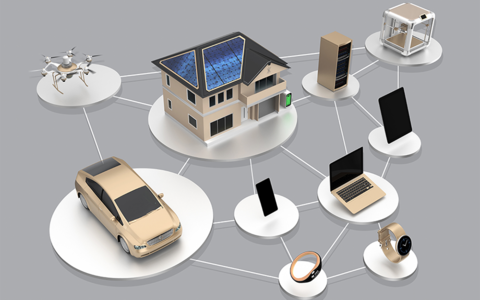
Unmanned vehicles, "intelligent" buildings, your cell phone, the fitness bracelet on your wrist—all of these are cyber-physical systems (CPS). Today the National Institute of Standards and Technology (NIST) has released a draft CPS Framework document intended to help manufacturers create new CPS that can work seamlessly with other such smart systems that bridge the physical and computational worlds.
NIST is requesting public comments within the next 45 days on the Draft Framework for Cyber-Physical Systems, which was developed in partnership with industry, academic and government experts in the NIST CPS Public Working Group (CPS PWG). According to NIST's David Wollman, the framework is intended to provide a methodology for understanding, designing and building CPS including those with multiple applications.
"Creating a complex device involves a lot of people with varying interests and concerns, from the designers to the engineers to the safety testers," says Wollman, who co-chairs NIST's Cyber-Physical Systems Public Working Group. "What the framework provides is an organized treatment of these concerns so the group can address and manage them all effectively. It will prompt them to think of concerns they may not be aware of, and support understanding and integration of different CPS."
While the field is still new, a common characteristic of CPS is the tight integration of physical and computing devices—such as movement sensors that inform your fitness bracelet how far you have walked, or the computer controlling the transmission and antilock brakes in your car. Whatever the purpose of a given CPS, the draft framework outlines the common attributes that its subparts share with other CPS devices and systems, and indicates what it must do to interact successfully with the broader CPS environment.
The draft document reflects more than a year's effort by the public working group, which includes a few hundred members drawn primarily from industry, academia and government. The draft framework is available for download from the group's website, which has a template for submitting comments.
Wollman says the framework is likely to undergo a second draft release for further public comment before a final version is published.

